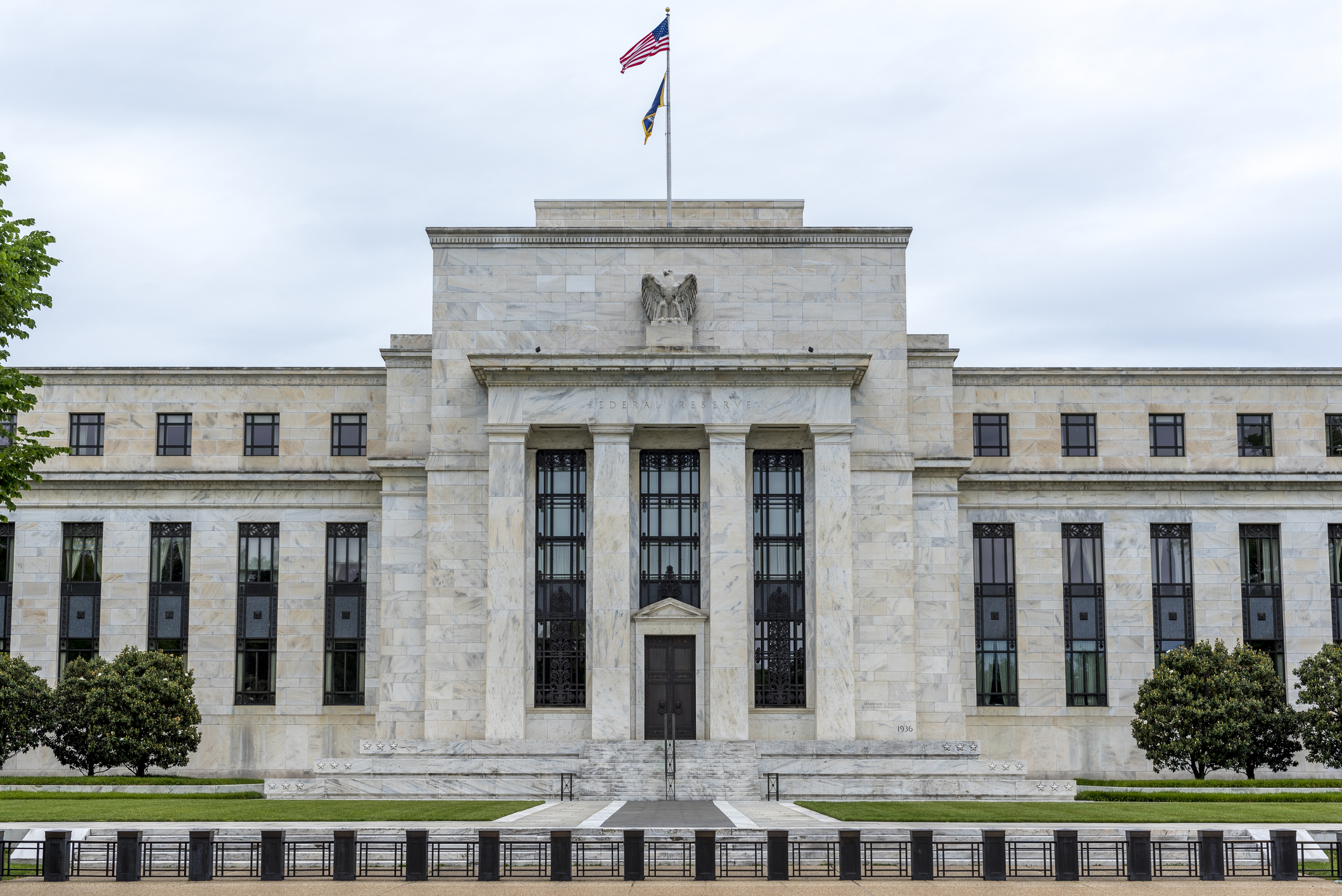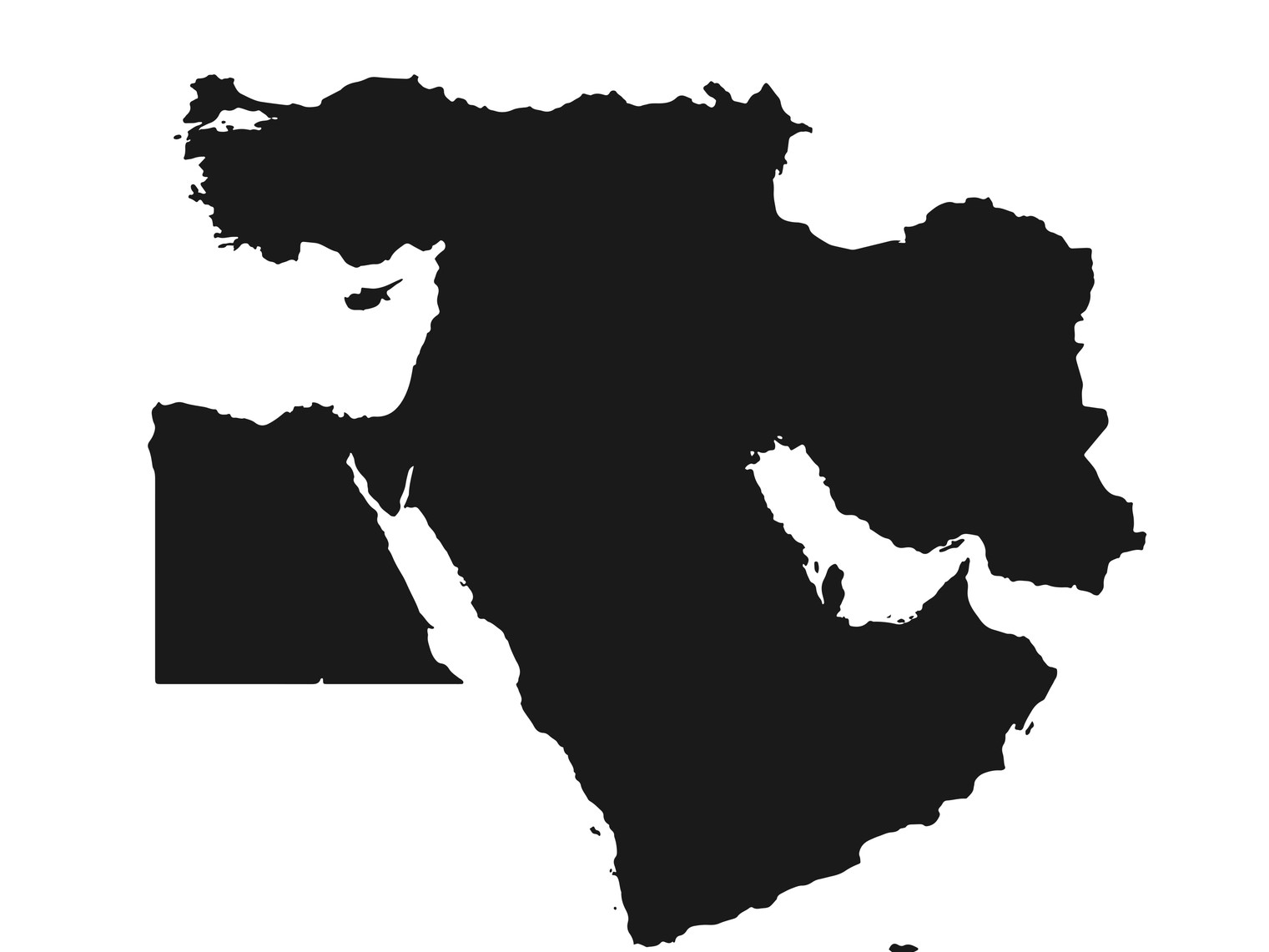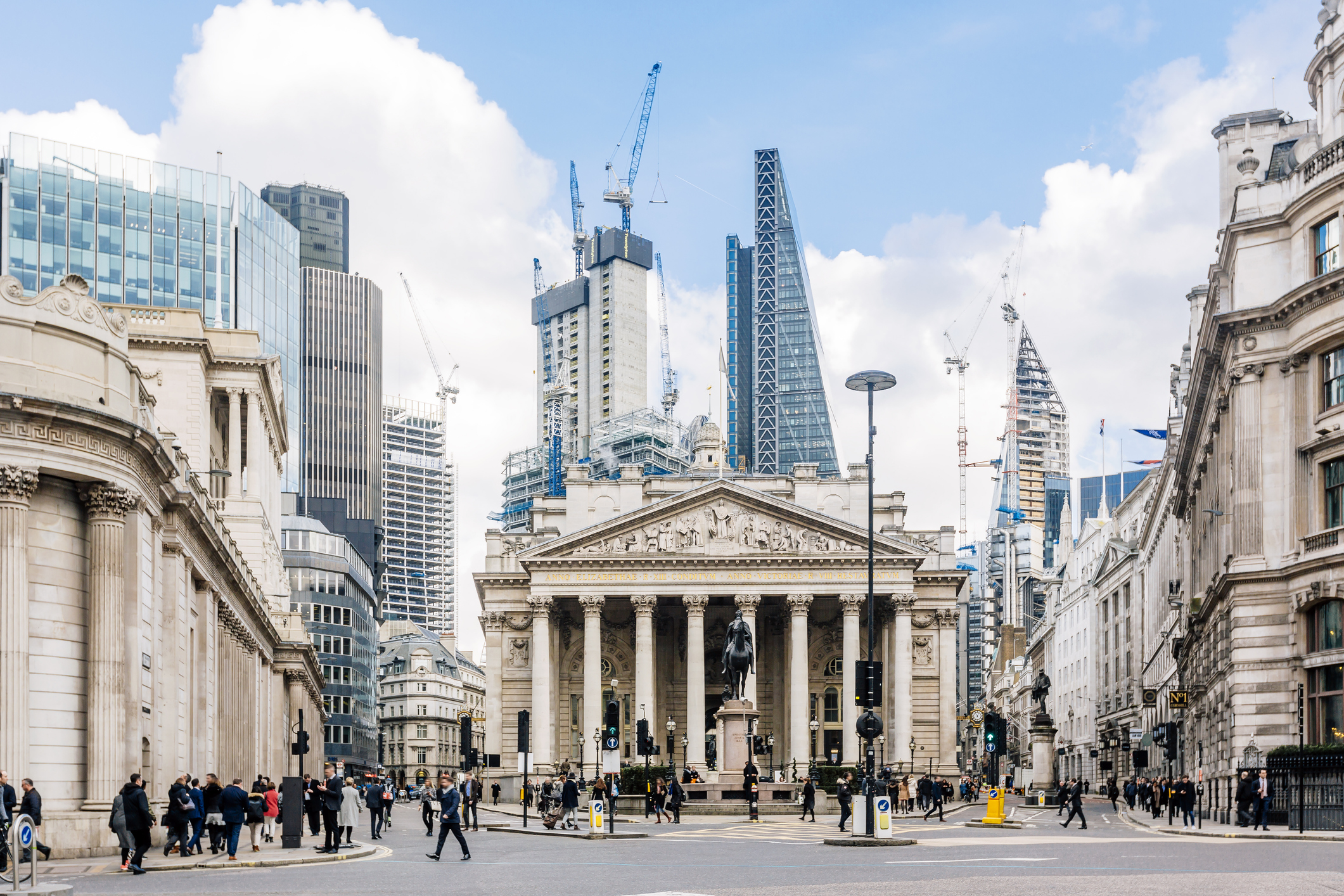Is this the start of a fresh bull run for gold?
As the stock market reaction suggested, Friday’s US jobs data was absolutely shocking. It's bad news for the US economy - but good news for gold, which has broken through the $700 mark once more.

This feature is part of our FREE daily Money Morning email. If you'd like to sign up, please click here: Sign up for Money Morning
Economists were expecting in the region of 100,000 or so jobs to be added to the US non-farm payroll figures (probably America's most important jobs data release) in August. Instead, the figures actually showed a 4,000 drop in the number of jobs. That's the first negative number in four years.
And, as John Mauldin of Millennium Wave points out, the figures were even worse than the headlines suggested
MoneyWeek
Subscribe to MoneyWeek today and get your first six magazine issues absolutely FREE

Sign up to Money Morning
Don't miss the latest investment and personal finances news, market analysis, plus money-saving tips with our free twice-daily newsletter
Don't miss the latest investment and personal finances news, market analysis, plus money-saving tips with our free twice-daily newsletter
Not only did the non-farm payrolls for August disappoint, but data for June and July were revised lower too. Payrolls increased by 68,000 in July, rather than the 92,000 first recorded; and by 69,000 in June, from 126,000.
The economy needs to create 150,000 jobs a month for unemployment not to rise - at this rate, it can't be long before it does.
The other problem is that the jobs data could well be over-stated, as Mauldin points out. The figures are based on a survey, which tends to miss out on the jobs situation at smaller businesses, which are often the first to cut or add jobs as the economy contracts and expands. Also "a large part of the unemployment figure is from the so-called birth/death ratio'." This estimates the numbers of new jobs added or removed each month "based on past history."
This means that during a recovery, the initial results tend to understate the strength of the jobs market; conversely, at the start of a slump, it overestimates it. "There are good reasons to suspect that the August number will be revised down at a later date, as were June and July," reckons Mauldin.
An economy can only run on fumes for so long. Consumption accounts for nearly 70% of American GDP. The consumer has been propped up by rising house prices. House prices are falling, consumers are suffering, and this - a weakening jobs market - is the inevitable result.
It's not just construction that's suffering. Manufacturing fell by 46,000, construction by 22,000, while services rose by 60,000. The unemployment rate didn't rise remaining at 4.6%. But as Paul Ashworth at Capital Economics points out, "the reason the rate didn't rise is that the number of people in the labour force fell by a massive 340,000, more than matching the 316,000 drop in the household survey measure of employment. That isn't really encouraging at all, as it suggests a lot of people simply gave up looking for a job."
So the big question now is - what is the Federal Reserve going to do about it? The answer for the vast majority of people, is 'cut rates.' And it seems very likely that this is what the Fed will do. The bad employment figures have given it all the excuse it needs to ignore its ostensible focus on inflation and go for at least a quarter point cut. Many are even expecting a half point.
But as Mauldin says, although he believes the Fed should cut rates, he doesn't think it will help much. "Many of the mortgages sold in the past two years only made sense in a housing market that was rising by 10-15% a year. A market that is dropping 10-15% a year, as it may do in the next 12 months, will only marginally be helped by a Fed funds cut."
For another thing, one of the biggest problems is not with central bank funding, but with banks' reluctance to lend to one another. This is what has lead to the seizure in the short-term inter-bank lending which we've seen so much about in recent weeks.
And we could well see just how bad the knock-on effects of this seizure will be this week. The Sunday Telegraph reports that banks are expecting around £70bn of commercial paper to roll over by September 19th. It's more than likely that they'll have to take this onto their balance sheets. Thats why theyve been reluctant to lend to each other - theyre scared they will need all the money they can get to suck up all that paper.
As Dan Roberts of The Telegraph puts it: "If, as seems certain, the banks are forced to honour all these lending obligations at once, it could make the financial earthquakes of August look like mere tremors. Even if they manage to find room on their increasingly stretched balance sheets, there will be precious little room left over to lend to anyone else."
Amid all the fear, it's no surprise that gold has finally erupted out of the doldrums, breaching the $700 an ounce mark and hitting its highest level since May 2006. And it could well go further. John Mauldin also points out that there "is a massive build-up of call options in the October and December Comex gold contracts, similar to a period in November 2005 prior to the gold price surging by more than 50%." Could this just be the beginning of a fresh bull run? I suspect we'll soon see.
Turning to the wider markets
Enjoying this article? Why not sign up to receive Money Morning FREE every weekday? Just click here: FREE daily Money Morning email
In London, leading shares closed with triple digit losses on Friday as much weaker-than-expected US payroll data prompted an early plunge on Wall Street. The blue-chip FTSE 100 was 122 points lower - at 6,191 - at the close, and the broader indices were also significantly lower. British Airways took the biggest tumble of the day, falling over 5% as the oil price rose. Miners and financials also had a particularly poor day. For a full market report, see: London market close
Elsewhere in Europe, stocks were hit by the weak US jobs data. The Paris CAC-40 ended the day 146 points lower, at 5,430, as all its components slipped into negative territory. Societe Generale closed down nearly 4% on rumours of a profit warning. In Frankfurt, the DAX-30 was 185 points lower, at 7,436, with some of the heaviest losses again coming from the banking sector.
On Wall Street, the Dow Jones ended the day 250 points lower, at 13,113, and was down 1.8% over the week as a whole. The tech-heavy Nasdaq was 48 points lower, at 2,565. And the S&P 500 fell 25 points to end the day at 1,453.
In Asia, Japanese stocks posted heavy losses today following Friday's slump on Wall Street. The Nikkei was down 357 points to 15,764. However, in Hong Kong the Hang Seng was slightly higher, up 13 points to 23,995.
Crude oil had slipped to $76.42, down from $76.60 in New York late on Friday. And Brent spot was down to $75.30.
Spot gold rallied as high as $707.10 on Friday before falling back to $699.90, but the yellow metal had edged back up to $700.50 this morning. And, having risen to a three-week high of $12.67 on Friday, silver had slipped to $12.50.
In the foreign exchange markets, sterling had risen to 2.0296 against the dollar but had fallen to 1.4717 against the euro which, along with the yen, made much sharper gains against the dollar following Friday's jobs data. The greenback was down to 0.7249 against the euro and 113.41 against the yen today.
And in London this morning, Bovis Homes - which, with a share price fall of 31% so far this year is the worst-performing member of the Bloomberg Europe Homebuilders index - announced a 3.4% increase in first-half profit. An acceleration in land sales had helped to offset the slowing housing market. Bovis's share price was little-changed in early trade.
And our recommended articles for today...
Will the Fed give the market what it wants?
- The subprime issue has not gone away and now the key state of California is teeetering on the verge of recession. The futures market is already pricing in an interest rate cut, but will the Fed meet expectations. Jeremy Batstone looks at if - and by how much - the US central bank will cut rates here: Will the Fed give the market what it wants?
When it pays to go looking for trouble
- You've probably never considered reading a set of accounts backwards. But it's the points tucked away at the end that can be particularly revealing. Tim Bennett picks three investment timebombs to watch out for: When it pays to go looking for trouble
Get the latest financial news, insights and expert analysis from our award-winning MoneyWeek team, to help you understand what really matters when it comes to your finances.
John Stepek is a senior reporter at Bloomberg News and a former editor of MoneyWeek magazine. He graduated from Strathclyde University with a degree in psychology in 1996 and has always been fascinated by the gap between the way the market works in theory and the way it works in practice, and by how our deep-rooted instincts work against our best interests as investors.
He started out in journalism by writing articles about the specific business challenges facing family firms. In 2003, he took a job on the finance desk of Teletext, where he spent two years covering the markets and breaking financial news.
His work has been published in Families in Business, Shares magazine, Spear's Magazine, The Sunday Times, and The Spectator among others. He has also appeared as an expert commentator on BBC Radio 4's Today programme, BBC Radio Scotland, Newsnight, Daily Politics and Bloomberg. His first book, on contrarian investing, The Sceptical Investor, was released in March 2019. You can follow John on Twitter at @john_stepek.
-
 8 of the best properties for sale with indoor gyms
8 of the best properties for sale with indoor gymsThe best properties for sale with indoor gyms – from a four-storey mews house in London’s Knightsbridge, to a 1920s Arts & Crafts house in Melbury Abbas, Dorset
-
 Top stock ideas for 2026 that offer solidity and growth
Top stock ideas for 2026 that offer solidity and growthLast year’s stock ideas from MoneyWeek’s columnist and trader, Michael Taylor, produced another strong performance. This year’s stocks look promising too
-
 'Governments are launching an assault on the independence of central banks'
'Governments are launching an assault on the independence of central banks'Opinion Say goodbye to the era of central bank orthodoxy and hello to the new era of central bank dependency, says Jeremy McKeown
-
 Do we need central banks, or is it time to privatise money?
Do we need central banks, or is it time to privatise money?Analysis Free banking is one alternative to central banks, but would switching to a radical new system be worth the risk?
-
 Will turmoil in the Middle East trigger inflation?
Will turmoil in the Middle East trigger inflation?The risk of an escalating Middle East crisis continues to rise. Markets appear to be dismissing the prospect. Here's how investors can protect themselves.
-
 Federal Reserve cuts US interest rates for the first time in more than four years
Federal Reserve cuts US interest rates for the first time in more than four yearsPolicymakers at the US central bank also suggested rates would be cut further before the year is out
-
 The Bank of England can’t afford to hike interest rates again
The Bank of England can’t afford to hike interest rates againWith inflation falling, the cost of borrowing rising and the economy heading into an election year, the Bank of England can’t afford to increase interest rates again.
-
 Interest rates held at 5.25% again
Interest rates held at 5.25% againThe Bank of England has kept rates at 5.25% again, in a widely anticipated move. We look at what it means for your money - and what the Bank’s next move could be
-
 US inflation rises to 3.7% as energy prices surge - will the Fed hike rates?
US inflation rises to 3.7% as energy prices surge - will the Fed hike rates?US consumer price index rose in August but markets do not expect a rate hike this month
-
 The debt ceiling illustrates America’s empire of debt
The debt ceiling illustrates America’s empire of debtOpinion The US has never quite got the hang of the conquering business as the debt ceiling debate shows.
